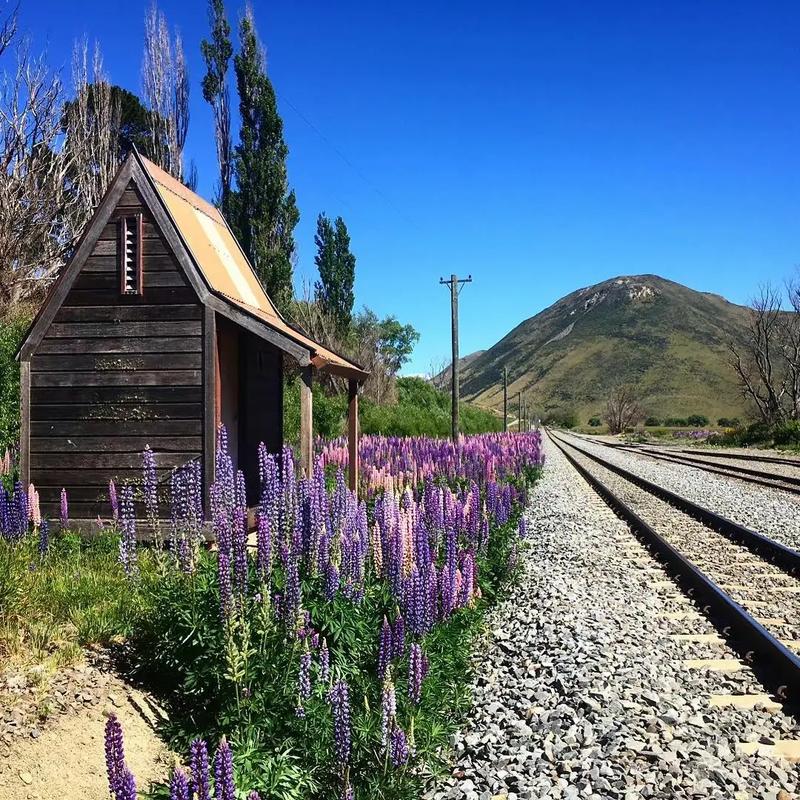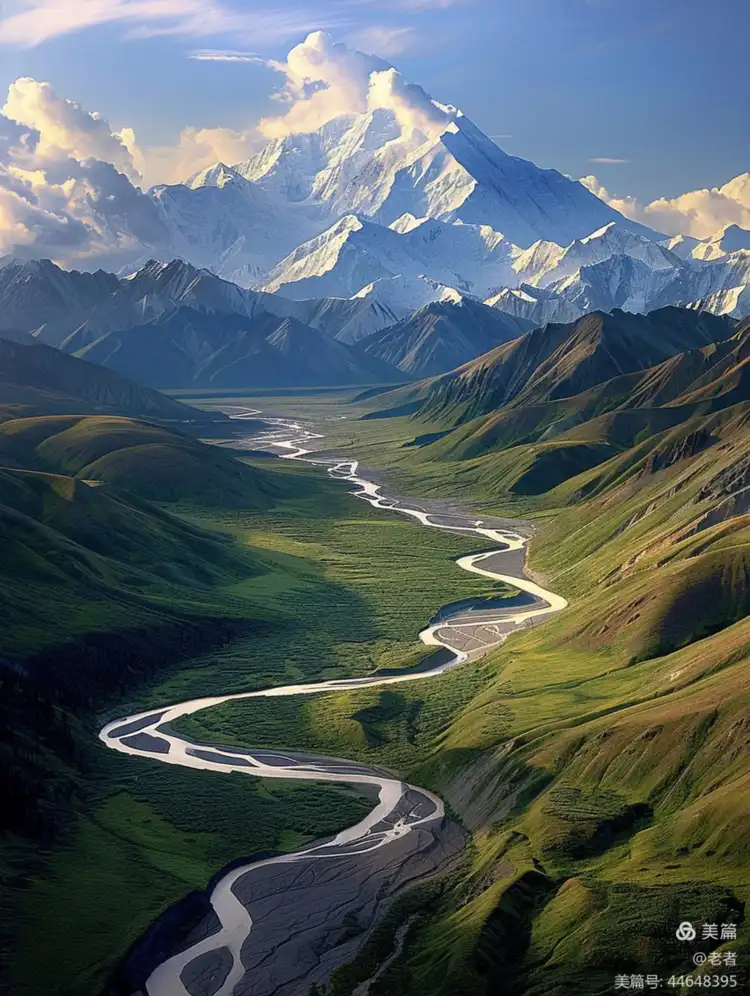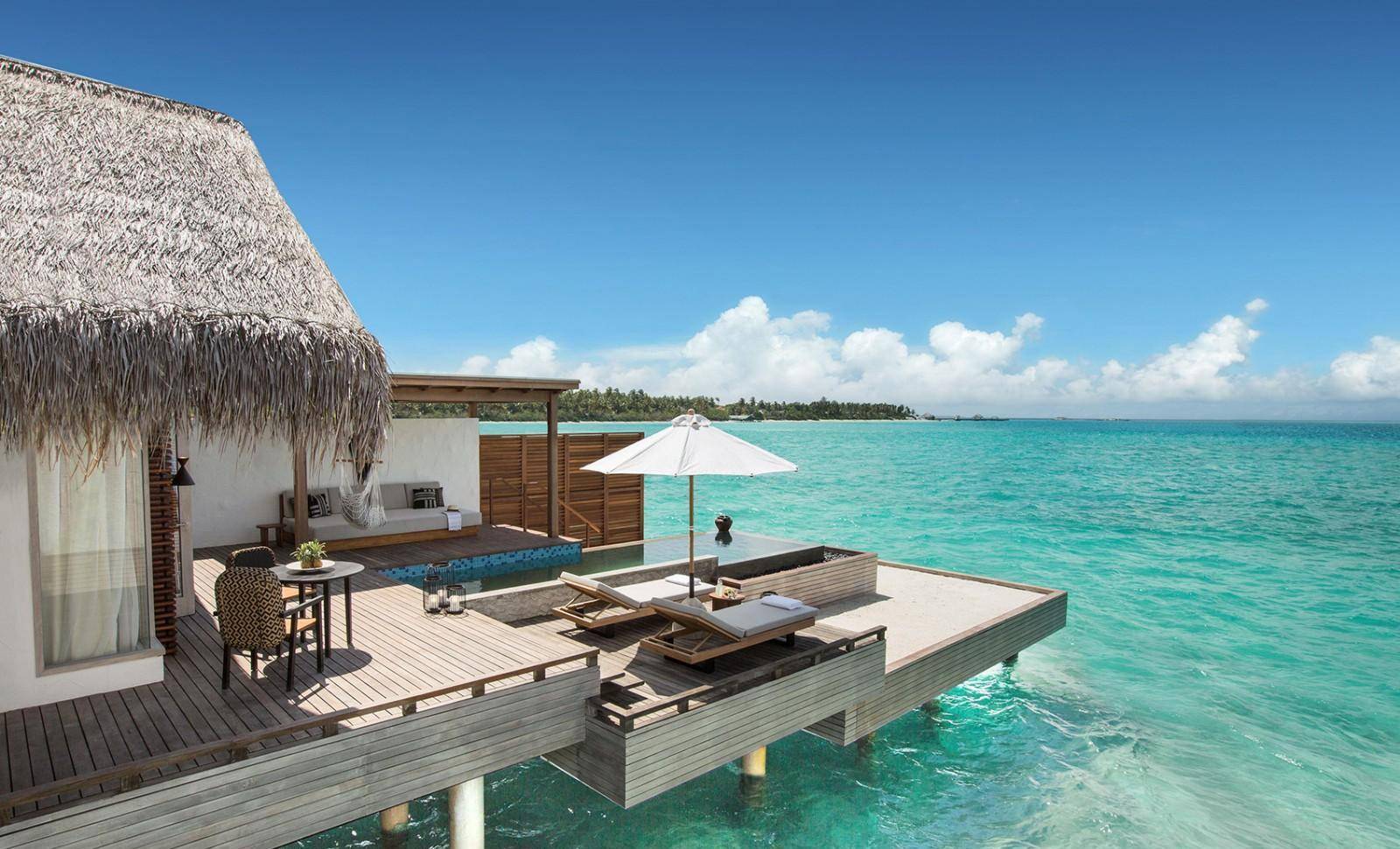Global Travel Information
Kruger National Park Private Reserves, South Africa
The Unseen Heart: Exploring the Private Reserves of Greater Kruger
The very name Kruger National Park conjures images of vast, untamed wilderness, of legendary Big Five sightings on dusty roads, and the raw, unfiltered pulse of the African bush. It is a rightly famous destination, a sprawling testament to conservation. Yet, just beyond its western boundary, separated by nothing more than the removal of a fence, lies a different world. A world of deeper silences, more intense encounters, and a profoundly intimate connection with the wild: the Private Reserves of the Greater Kruger.
These are not merely luxury lodges plopped onto the savanna; they are integral, privately managed components of a vast, transfrontier conservation area. By dropping the fences between themselves and Kruger, reserves like Sabi Sand, Timbavati, Klaserie, and Thornybush have created a seamless ecological continuum, allowing ancient animal migration routes to function as they have for millennia. This act of ecological generosity is the first clue to the unique philosophy that governs these sanctuaries. Here, the experience is not about seeing a park; it’s about feeling a living, breathing ecosystem.

The most immediate and tangible difference lies in the approach to exploration. In the public sections of Kruger, the adventure is a self-driven one, governed by park rules, paved roads, and set opening hours. It is a fantastic and accessible adventure. The private reserves, however, operate on a different paradigm: the guided safari. This is not a simple drive; it is a masterclass in immersion. Guided by deeply knowledgeable rangers and trackers, often born from local communities with generational wisdom, every game drive becomes a narrative. A faint track in the sand tells a story of a leopard’s passing hours before. The alarm call of a francolin reveals the hidden presence of a predator. The tracker, perched on the front of the open Land Cruiser, reads the bush like a living newspaper, translating its subtle headlines for the guests behind him.
This expertise unlocks the hidden dramas of the bush. Off-road driving, prohibited in the main park, is standard practice here. When a rare African wild dog den is located, or a pride of lions is found resting in a thick riverine grove, the vehicle can carefully approach, offering unparalleled, ethical viewing opportunities. This ability to follow the action transforms a sighting from a brief, distant glimpse into an immersive chapter in an ongoing story. You don’t just see a leopard; you watch her descend from a marula tree, her muscles rippling in the dawn light, and follow her as she moves through the dappled shadows, a picture of primal grace and power.
Furthermore, the rhythm of the day extends beyond the classic dawn and dusk game drives. Night drives, a rarity in Kruger itself, are a staple. As the sun sets, painting the sky in fiery hues, a new world awakens. Armed with a spotlight, the ranger reveals a secretive cast of characters: the large, reflective eyes of a genet cat peering from a branch; the shuffling, determined form of a honey badger on a mission; the silent, ghostly flight of a giant eagle-owl. The air fills with a different symphony—the chirping of crickets, the distant whoop of hyenas, the occasional, bone-chilling roar of a lion proclaiming his territory. This foray into the nocturnal realm completes the picture of the ecosystem, revealing its full, 24-hour cycle.
The human footprint is meticulously managed to be both minimal and meaningful. Visitor density is kept exceptionally low, with vast tracts of land reserved for a handful of vehicles. This ensures that a sighting is an intimate experience, shared with your vehicle mates alone, not a traffic jam of twenty cars. The sense of exclusivity is not about elitism, but about preserving the integrity of the wilderness experience for both the guest and the animal. The wildlife, in turn, exhibits a notable relaxed demeanor. Having never been hunted or harassed by vehicles, they display a remarkable tolerance, often ignoring the presence of observers entirely. This allows for breathtakingly close and natural behavioral observations—a herd of elephants bathing at a waterhole, a baby baboon playfully tussling with its siblings, a male lion sleeping mere meters away, his deep breaths audible in the quiet morning air.
Accommodation within these reserves is an experience in itself, designed to complement, not compete with, the wilderness. Lodges range from opulent, five-star sanctuaries with private plunge pools and butler service to more rustic, authentic tented camps that amplify the sounds of the bush. Yet, the common thread is a deep connection to the environment. Waking up to the sound of a lion’s roar, enjoying a gourmet breakfast in the open air as a parade of wildlife visits a nearby waterhole, and falling asleep under a blanket of stars so dense it feels tangible—these are the moments that define the stay. It is a seamless blend of raw nature and refined comfort, where luxury is defined by the quality of the wilderness encounter.
Ultimately, the private reserves of the Greater Kruger offer more than just premium wildlife viewing. They offer a philosophy. They are a model of sustainable, high-value, low-impact tourism that directly funds conservation efforts, anti-poaching units, and local community development. By visiting, guests become active participants in this cycle of preservation. The journey here is one of connection—to a place, its wild inhabitants, and the passionate people who act as its guardians. It is to move from being a spectator on the periphery to, for a brief and magical time, feeling the unseen heart of Africa beating right beside you. It is an experience that etches itself not just in a photo album, but on the soul.
相关文章
- Elbe River Glamping Sites: Luxury Camping Along the Banks
- Elbe River RV Parks: Stay in Your Camper Near the River
- Elbe River B&Bs: Cozy Accommodations with a Personal Touch
- Elbe River Hostels: Budget Stays for Young Travelers
- Elbe River Business Travel Guide: Meetings & Events Near the Water
- Elbe River Conference Venues: Spaces with River Views
- Elbe River Wedding Venues: Tie the Knot by the Water
- Elbe River Funeral Services: Respectful Locations Along the Banks
- Elbe River Volunteer Opportunities: Help Protect the Waterway
- Elbe River Conservation Efforts: How to Support the Environment
发表评论
评论列表
- 这篇文章还没有收到评论,赶紧来抢沙发吧~


